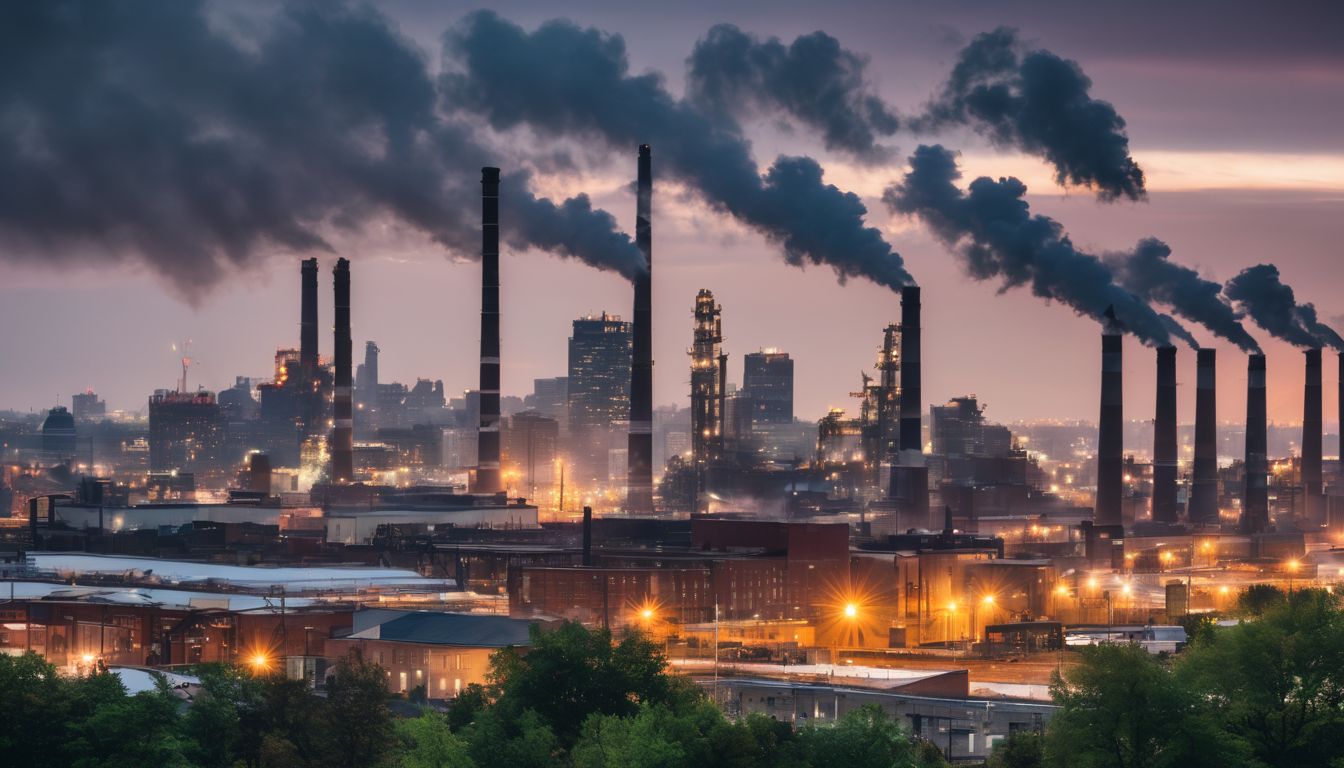Cowspiracy: The Sustainability Secret is not for the faint of heart. In just 90 minutes, the documentary, created by filmmakers Kip Andersen and Keegan Kuhn and Executive Produced by Leonardo DiCaprio, dismantles the hope that nothing about the American lifestyle needs to change. The stage is set with a simple quotation by Martin Luther King Jr. on a black screen: “In the end, we will remember not the words of our enemies, but the silence of our friends.”1 The quotation is followed quickly by an interview showing Sierra Club Deputy Executive Director Bruce Hamilton dodge Andersen’s question: “What about livestock?”2 And thus, Cowspiracy embarks on its quest to figure out why no one, not even the most prominent environmental organizations, is talking about the livestock industry’s devastating environmental impacts.
https://web.archive.org/web/20160404162232if_/https://www.youtube.com/embed/nV04zyfLyN4i
Surprising Statistics
When filmmaker Kip Andersen stumbled across an article published by the Food and Agriculture Organization of the United Nations, he could not believe what he read. The article stated that livestock is responsible for 65% of all human-related nitrous oxide emissions; nitrous oxide is a carbon dioxide . Nitrous oxide can also remain in the atmosphere for over 150 years.3 While Andersen had spent most of his life trying to reduce his carbon footprint by recycling, composting, changing inefficient light bulbs, and biking instead of driving, this article revealed that while all of those pursuits were helpful, the major culprit was actually the livestock industry.
As Andersen met with state officials and environmental organizations, when he asked what could be done, for instance, to alleviate the effects of the California drought , many people did bring up individual behavior changes. California state government officials pointed to shorter showers and not using sprinkler systems as ways to reduce water use. However, household water use only comprises 5% of national water use, while animal agriculture accounts for 55% of national water usage . When Andersen asked why government officials do not ask people to eat less meat, Kamyar Guivetchi from the California Department of Water Resources only said, “I don’t think that will happen. Because of the way government is set up here.”4 In this vein, many of the interviewees criticized environmental organizations for not being more straightforward with people on which habits need to be changed to better the environment.
During an interview with Kip Andersen, Will Anderson, a former Greenpeace Board of Directors member said, “Environmental organizations are not telling you the truth about what the world needs from us, as a species.”5 Michael Pollan believes that environmental organizations do not bring up meat consumption because they are based on membership contributions and they do not want to upset their donors. Only two of the organizations interviewed were forthright about what they believed the largest cause of climate change is – Sea Shepherd and Amazon Watch.
As to why no one is willing to take on this controversial issue, many of the interviewees pointed to the livestock lobbies’ power over the United States government. In 1996, the National Cattlemen’s Beef Association sued former cattle rancher Howard Lyman after Lyman spoke about “mad cow” disease on the Oprah Winfrey Show.6 Lyman was sued under a 1995 Texas law that held people liable for making false and/or disparaging statements about perishable food products.7 While the case was eventually dismissed in 2002, Lyman’s trial serves as a reminder of how much power the livestock lobbies hold.8
The Grass-Fed Meat Conundrum
iiPerhaps the hardest part of the documentary to swallow was the exploration of the grass-fed livestock industry. In terms of space, when you crunch the numbers it becomes clear that there just is not enough space to convert all factory farms to grass-fed livestock ranches if people continue to consume beef at the rate that they do. While vegans only require 1/6th of an acre of land to be fed for one year, meat eaters require 18 times as much land—approximately 3 acres. Vegetarians only require one half of an acre to be fed for a year. Similarly, while 1.5 acres can produce 37,000 pounds of plant-based food, the same amount of land can only produce 375 pounds of meat.9
Possible Solutions
The main point of Cowspiracy, which many of the interviewees and Andersen convey, is that in order to save the world from world population continues to skyrocket, these alternatives could be the future of food.
On an interesting note, this documentary falls short in its failure to examine both sides of the coin. If the entire world population were to convert to a vegan diet, what would the environmental impacts be? It is indeed hard to imagine vegan living could be worse than farming massive animals across endless miles of land with endless excrement, but it would still have been helpful to at least take a look at what if any the negative effects could be.




